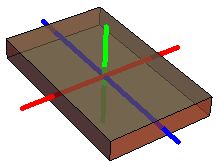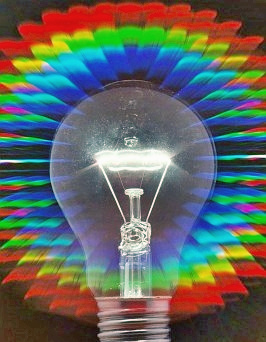This is an entry in my series where I read physics articles in Scientific American, and provide my weary perspective as a former physicist.
Today I’ll be discussing the article “Quantum Steampunk”, by Nicole Yunger Halpern, in the May issue of SciAm. This one is paywalled, but you can still check out the opening paragraph, in which the author appears to excerpt a paragraph from her latest novel.
It’s a bit indulgent, but hey, whatever works as a hook.


